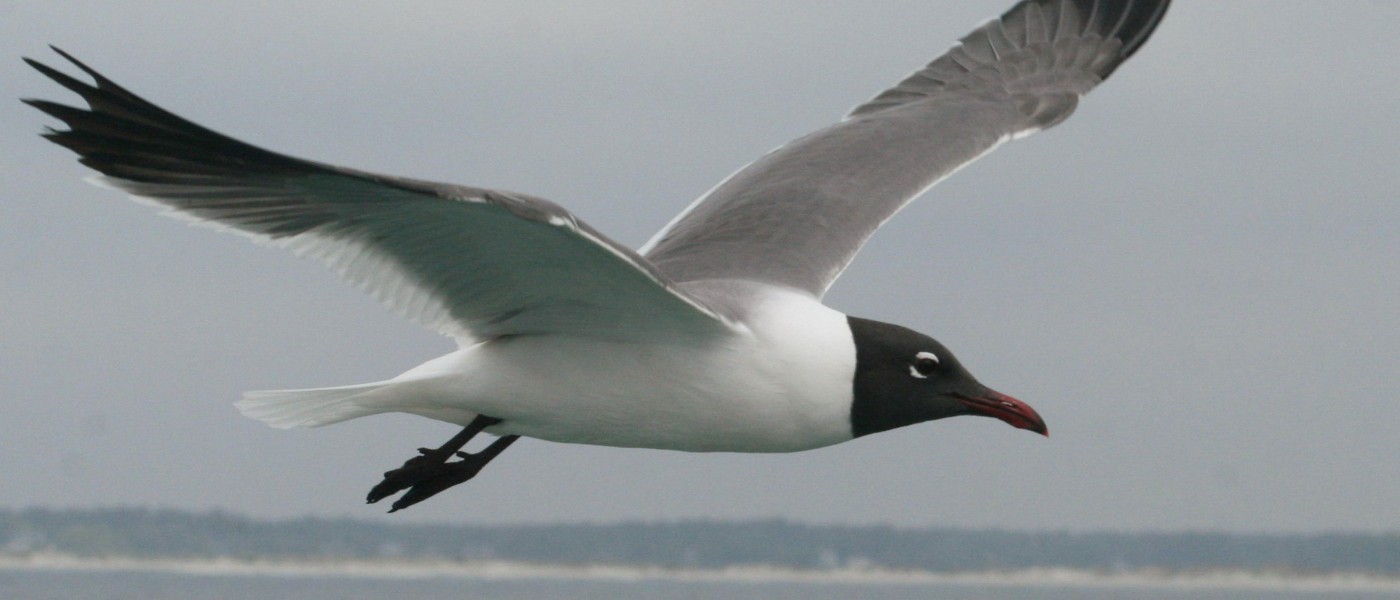Birds of Brooklyn: Laughing Gull
Ha-ha-ha” and again “ha-ha-ha” goes one of the most easily recognizable birds in the NYC area. I’m talking about the laughing gull. This aptly named bird is the largest dark-hooded gull on the East Coast, and it is both a migrant and a breeder here. Laughing gulls usually arrive in mid-April and stay with us until October. Bird-watchers are thrilled if they see one as early as late March and hope that the bird stays around for the Christmas counts in December.
Laughing gulls were long uncommon here. By 1900, the bird was extirpated locally as egg collectors raided their nests and feather collectors sought their plumage for the millinery trade. It was not until 1979 that the laughing gull returned as a breeder in our area. Laughing gulls are colonial nesters, meaning their nests are all located close to each other in very large groups, usually on sand or very low grass.
When they returned, their first nests (there were about ten) were located in Jamaica Bay Wildlife Refuge. By 1990, the colony had grown to some 7,000-plus nests. This was good for the birds but not good for Jamaica Bay’s nearby neighbor, John. F. Kennedy International Airport. For the safety of air traffic, the gull population was reduced, using both lethal and nonlethal methods, to about 1,000 nests.
For bird-watchers driving along the Belt Parkway in Brooklyn, the laughing gull is an easy “check,” and local beachgoers will likely see some among the other species of gulls along the shore. It is even spotted searching for food along the Narrows, near the Verrazano-Narrows Bridge. Sightings at Prospect Park and Central Park are possible, but these gulls do prefer to be along the coast.
Besides its distinctive dark hood, the laughing gull can be identified by its gray wings with black tips while summering up north. Before migrating back south for the winter, it molts and reverts to more basic plumage. It loses its black hood but does maintain its blackish legs, and its red bill darkens and becomes nearly black. If you, too, go to the Florida coast in the winter months, you may hear and see this bird of Brooklyn.
The Birds of Brooklyn series looks at some of the most familiar and fascinating birds that call Kings County their habitat.


